With the great response to the article from earlier in the week, Don’t Forget about Past Trades , I would like to expand the conversation.

Any investor can find and research the “greatest” stock on the market; one with huge potential but if the general indexes are negative, it will most likely be the wrong time to buy. A stock with accelerating earnings, rising sales, an up-trending chart pattern and a strong industry group may sound excellent to buy on the surface but will mean absolutely nothing if the market is positioned to move in the opposite direction of your expectations. As soon as a stock is purchased, the time comes for an investor to make a decision to hold or to sell. If the position shows a profit, hold as your judgment is correct. If the position shows a loss, cut it quickly and don’t rationalize the situation before the loss doubles in size. Timing will play an important role in determining if you are right or wrong.
Losers must be cut quickly, long before they materialize into enormous financial disasters. The company and underlying stock may not be a loser but rather your timing may be premature to a strong movement, forcing you to sell on a pullback. After a stock is cut from your portfolio, the transaction must be forgotten about and eliminated from your subconscious mind and/or emotional bank. This may sound as if I am contradicting myself from Monday but I am not. I said the transaction must be eliminated from your memory bank but not the actual trade.
The trade must be studied to capture the true essence of your mistake but the specific security involved must be blocked from any sentimental attachments, allowing you to consider re-establishing the position at another level (most likely higher). This repurchase may take place immediately or well into the future but the important fact is that you were wrong with the timing on the initial position. The timing, also known as the ‘M’ in CANSLIM by William O’Neil, may have been wrong even though all fundamental and technical criteria related to the individual stock seemed to be perfect.
A quote from the great Gerald Loeb:
“Cutting losses is the one and only rule of the markets that can be taught with the assurance that it is always the correct thing to do.”
The wisdom shared by Loeb is easier said than done. Humans like to take profits and hate taking losses or admitting that they were wrong. Pride and ego distorts the clear thinking process that every investor must posses when following clear cut rules that provide insurance to their cash stake. Even tougher, humans refuse to repurchase anything at a higher price that they sold it previously. We are trained from childhood that sales and discounts are they way to make sound purchases. GARBAGE – buy value and opportunity, even if you pay a higher price as long as the risk-to-reward setup is reasonable. As Loeb states, only logic, reason, information and experience can be listened to if failure is to be avoided.
It is advisable to make a “test buy” in a shaky or unstable market which allows the investor to assess the general conditions with minimal risk but still maintain an emotional attachment. If the position goes bad, a small loss will be realize but the damages will be limited and the investor’s pride and ego can be repaired rather quickly. In a sense, the investor was half right by only initiating a partial position also known as a “test buy”. If the market was trending up, a “test buy” would not have to be established as the market direction would have been clear from the beginning.

When it comes to timing, an uneducated investor may realize better gains during a solid bull market based on pure luck than a seasoned investor will return in a sideways or unstable market. Following the trend will be the most successful route to consistent profits over the long haul. By watching the general market indicators, such as price, volume and daily new highs (NH-NL ratio), an investor should know exactly what type of environment they are trading. The most important factor weighing on the stock market is the presence of public psychology, even more so than any fundamentals that the most intelligent academic analyst can compute. Technical analysis along with confirmation of the market trend allows us to see the combined thought process of the general public and tells us if the timing is right to buy or short a specific stock, regardless of the fundamentals.
In conclusion, we must understand that certain situations are only applicable during specific times. Buying leading stocks during a down trend is a sure way to multiple losses that are cut quickly. Shorting stocks during a raging bull is another sure way to financial disaster and margin calls. Don’t get discouraged if you take a few small losses consecutively as your rules and portfolio are telling you to stay out of the market at this time (with this strategy). The timing may be off even though the stock and research is favorable. Why would you swim upstream to reach your destination if you could jump in a boat and row downstream with the current another day? Before you ever start to immerse yourself into researching a stock to purchase, make sure you know the exact environment of the market and determine if it coincides with your objective. If it doesn’t, get ready to get slaughtered, especially if you don’t follow strict rules to cut all losses quickly.
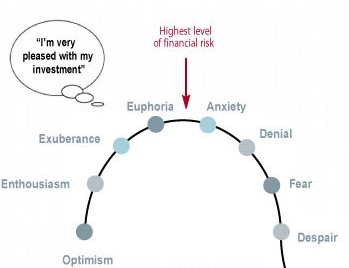
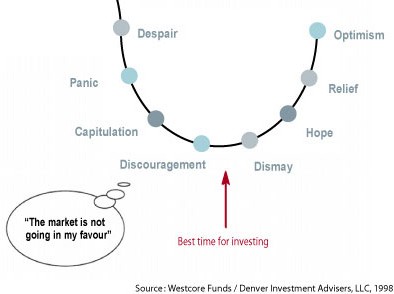
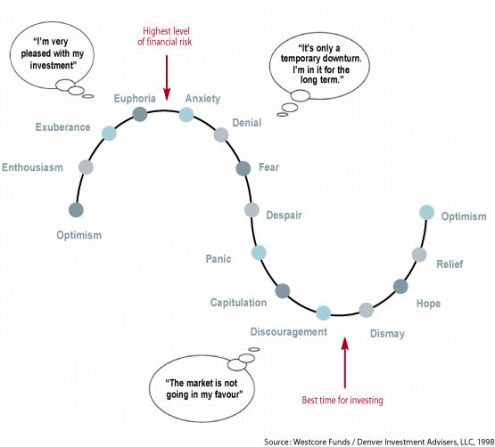
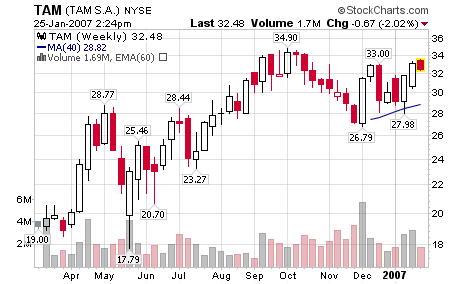
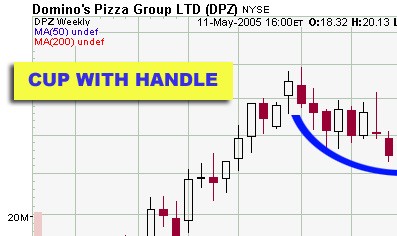
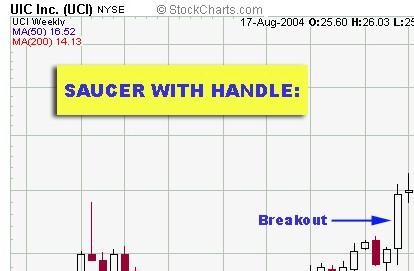

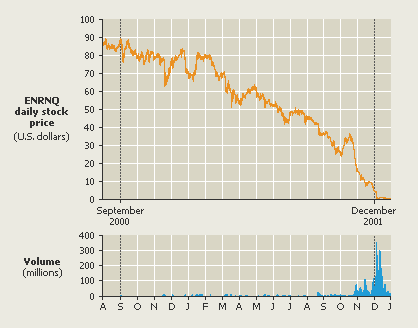


Connect with Me